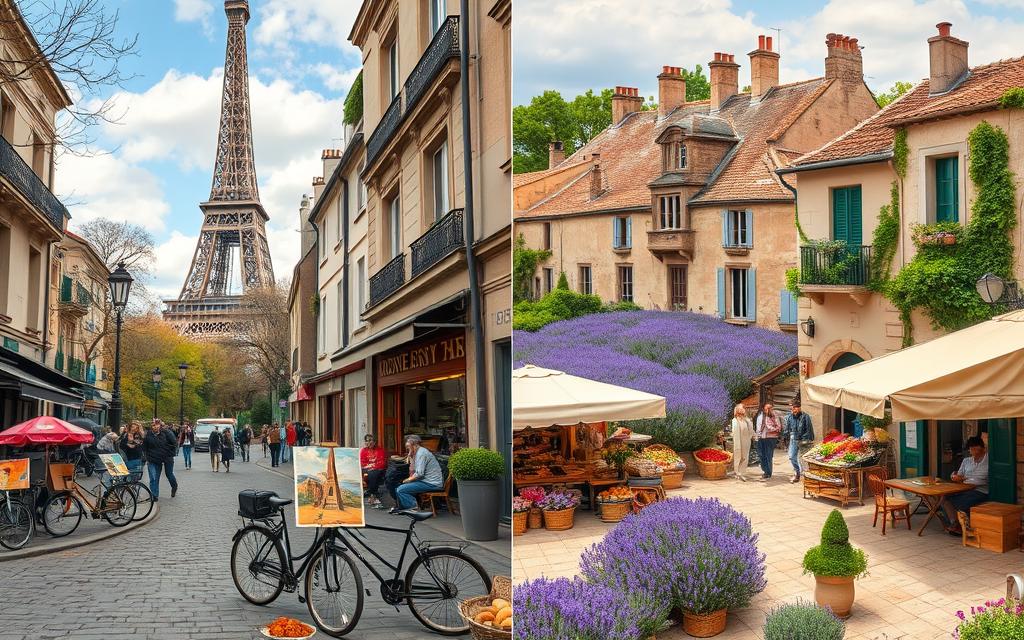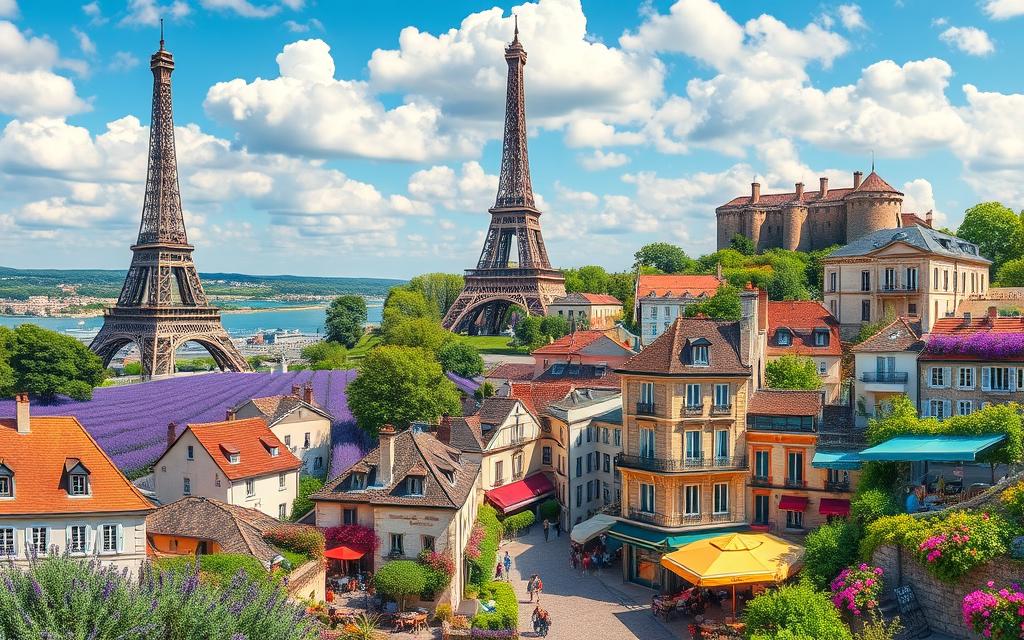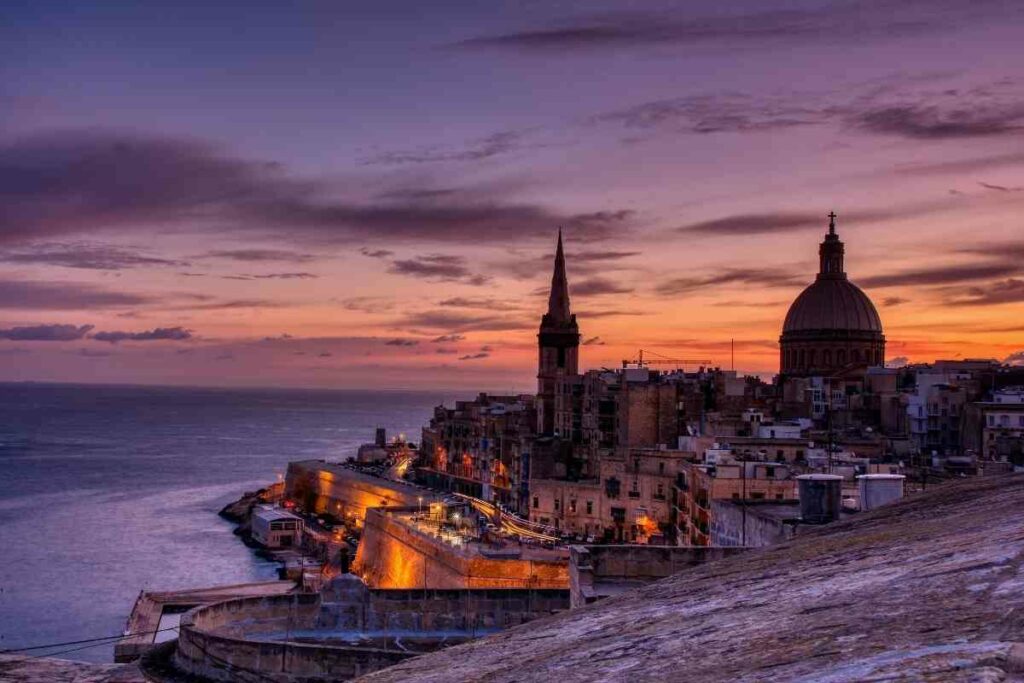Nestled in the south of France, Nice is the second-largest French city on the Mediterranean coast and as part of the Provence-Alpes-Cote d’Azur, it is close to some of the most beautiful and glamorous parts of Europe.
It also has great transport connections and offers a good variety of options for getting around the city, so let us look at the transport options in Nice.
Nice Is Full Of Options To Get Around
Nice offers a variety of both public and private transport options, we will review the main public transport options, as well as the options for hiring scooters and for getting out and about on foot.
A Great New Tram System
Nice is blessed with a fantastic tram service that runs East to West and North to South.
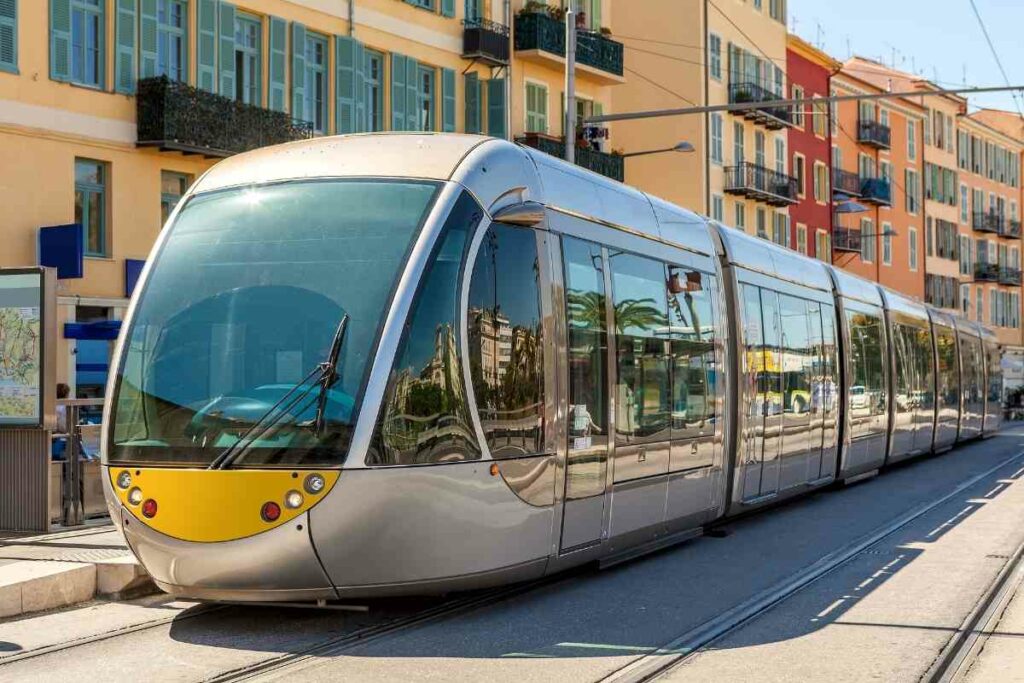
It has meant far less traffic on the roads and they run reliably all day long, meaning getting around Nice using the tram is a pleasant and cost-effective option.
There are three tram lines:
- Ligne 1 – This line drops down from North Nice before heading off east towards old Nice and the train station.
- Ligne 2 – This line travels from the airport all along the coast to Port Lympia. Ligne 1 and Ligne 2 connect at a couple of points, allowing you to change if needed.
- Ligne 3 – The newest line goes from the airport and heads north towards Saint Isidore, including a stop at Nice’s sports stadium.
The trams are easy to use and the front of the tram will always say the end destination of the tram, so check a map and you can easily work out the direction it is going.
Purchase your ticket at any stop (not on the tram), either for a single trip, multiple trips or a set time period.
A solo ticket is 1.50 Euro, lasts for 74 minutes and allows you to change on different trams AND buses.
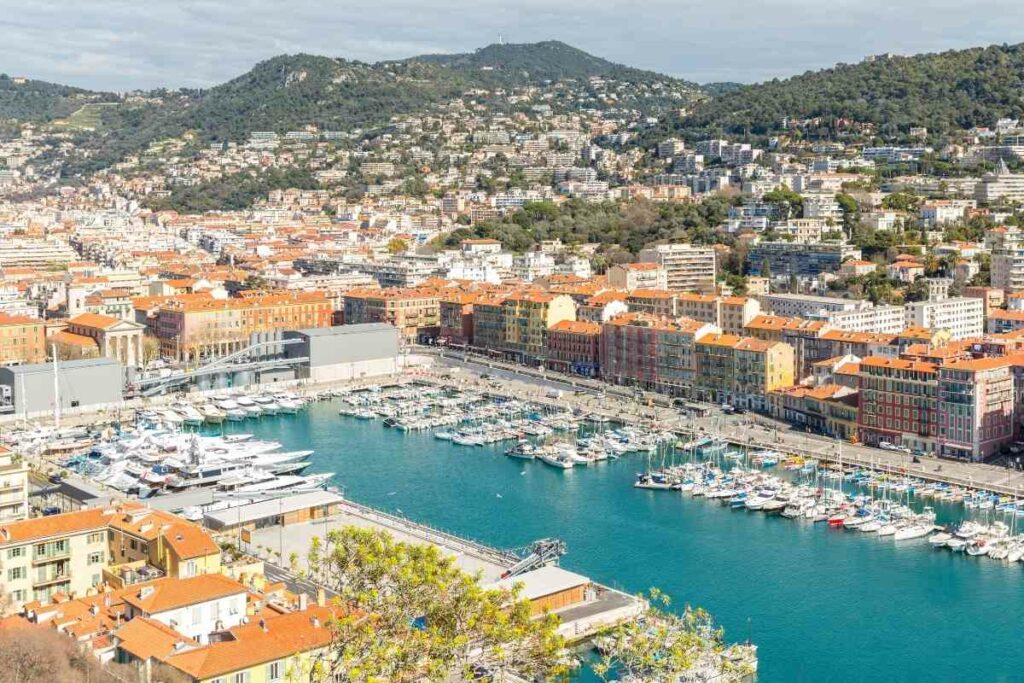
The tram runs from 4.25 am through to around 1 am the following day and they run between every 4 to 15 mins and I’ve never failed to get on one when needed.
They even announce all stops in French and English, so you’ll never miss it!
Featured article – Best Texas State Parks For Camping
Catching A Bus
The bus has benefited greatly from the introduction of the tram system in Nice, the roads are more accessible this means the buses are a lot more reliable than before.
One of the main differences from the tram is that you can purchase a ticket on board from the driver.
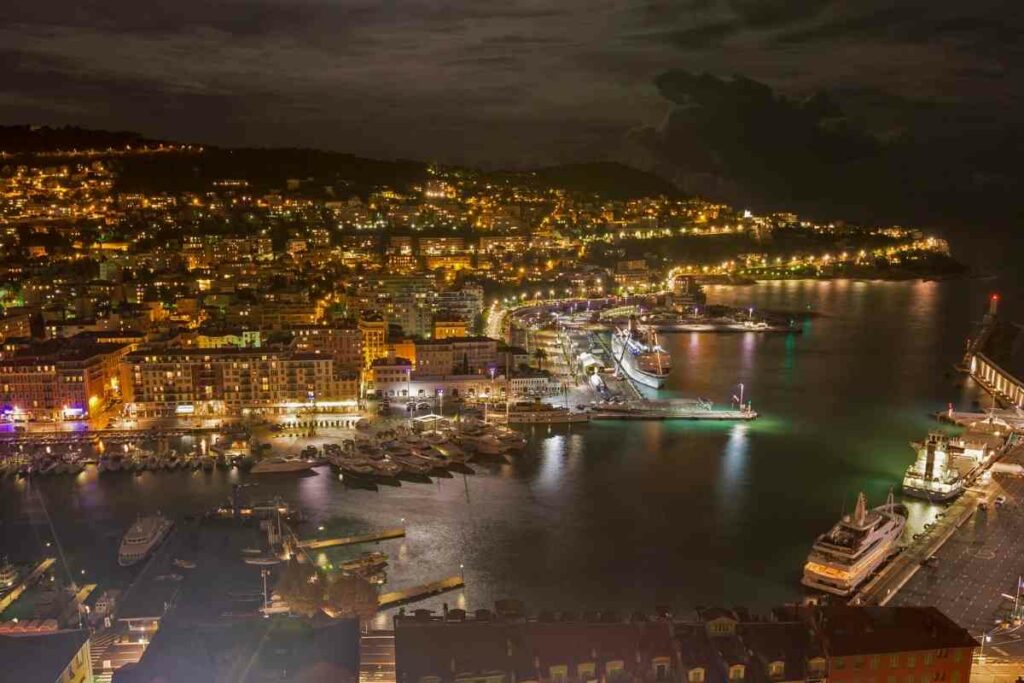
The other big difference with the bus is having to flag down the driver when you are standing at a stop, unlike the tram that will automatically stop at each station.
One big advantage of the buses is when you want to go slightly further afield than just the Nice area, for example, Monaco, Cannes or Eze.
Buses are the cheapest way to reach these places and are regular and reliable.
You normally get a comfortable seat and it’s cool on the bus, something that’s important in the South of France.
Hiring A Scooter
Hiring a scooter is really simple in Nice, with many of the best places located around the main central station, so it’s both simple to find them but also an easy location to return to for drop off.
If you are planning to go motorcycling in France then you should read our guide to the “Top 10 Motorcycle Trips in Europe“.
They do afford you the opportunity to get around quickly and the roads are very safe compared to many European cities.

The same advice exists in Nice when hiring and riding a scooter as it would anywhere.
They are more likely to be stolen than a car, so try and get theft included in your cover if possible and as I would say in any city you are not familiar with, if you are not already a confident scooter rider, strange streets are not the place to learn!
It’s A Beautiful Place To Walk
There is no more pleasant way to get around Nice than walking around and taking in the real charm of the city.
Obviously, if you plan to get out to further reaches of the city, then you can use some of the alternatives modes of transport.
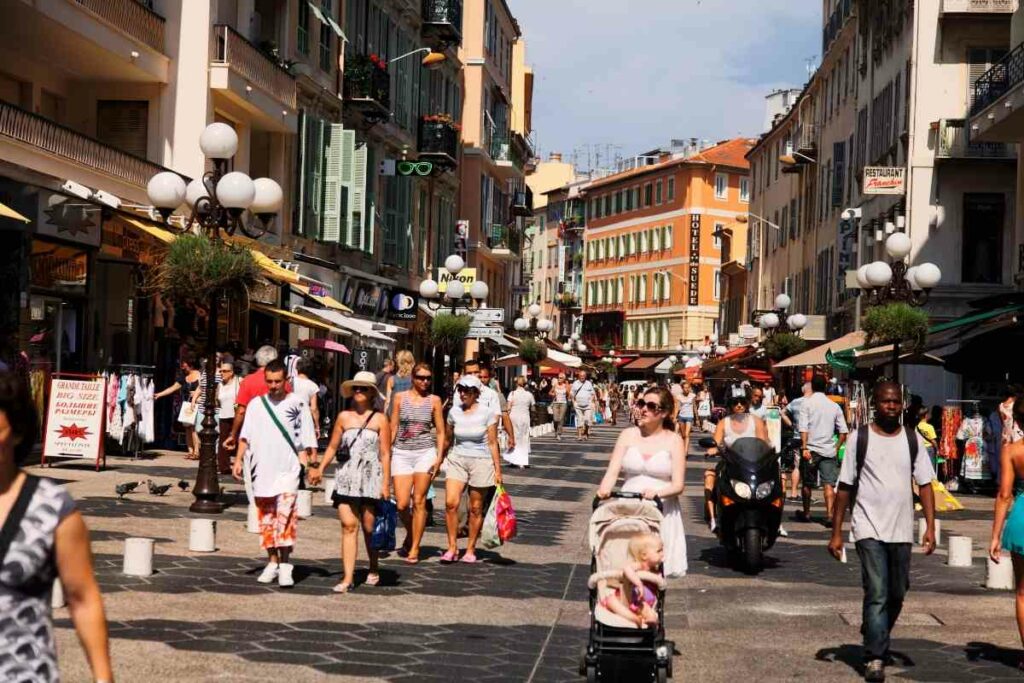
But if you are staying relatively central and taking in many of the popular tourist attractions, then you can easily get around by foot.
The distance from the train station down to the beach is less than a mile.
And all of the main attractions are within a mile walk of the main beach hub, meaning you can take in the sunshine and cool atmosphere whilst strolling around the streets.
Old Nice can get a little crowded in peak season, so if travelling in groups keep a close eye out for each other.
But once off the smaller backstreets, you will find the pavements of Nice well sized and the road crossings really easy to use.
Overall if you are sticking to the main tourist areas, walking will always be your best bet to maximise your time in Nice.
A Few Bonus Options For Getting Around
A couple of final things to mention.
The trains in and out of Nice station run frequently to all the surrounding areas and if you are looking to go further afield, like Paris, then change at Marseille for the quickest connections.
Finally, whilst not technically public transport, any trip to Nice should take in the Le Petit Train de Nice.
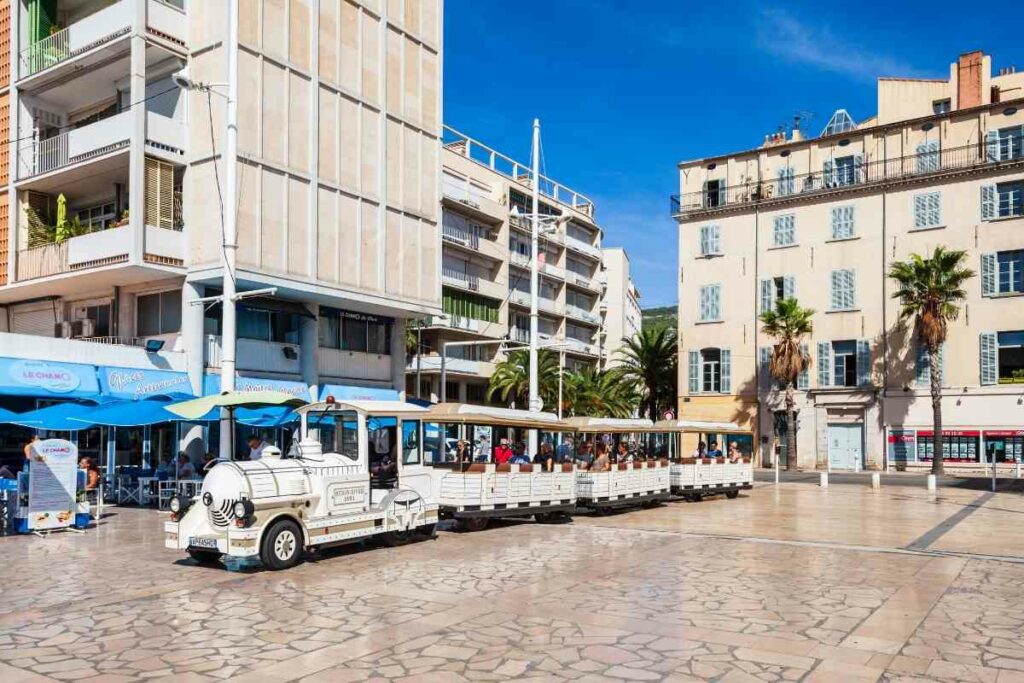
It’s essentially a tour guide, taking you around a lot of the best sights of Nice and for 10 Euro is a good way to see the sights without too much strain on your feet.
The audio guides are clear and give nice historical background information on the places you are seeing.
But be warned, they can be busy, so arrive early and try to avoid the middle of the day.
Thinking of driving your own car to Nice? See the “Essential Driving in France Kit“.
- Best vs Worst French Places: A Cultural Guide for First-Time Visitors
- Master the Art of Travelling France: Insights on Must-Visit Spots
- Top three markets in France you must explore
- Essential Driving in France Kit: What Drivers Need to Stay Safe and Legal
- Top 10 Motorcycle Trips in Europe
- What Is Malta Famous For? Malta Local History and Past Events
- Best vs Worst French Places: A Cultural Guide for First-Time Visitors
- Master the Art of Travelling France: Insights on Must-Visit Spots
- Top three markets in France you must explore
- Essential Driving in France Kit: What Drivers Need to Stay Safe and Legal
- Top 10 Motorcycle Trips in Europe
- What Is Malta Famous For? Malta Local History and Past Events

